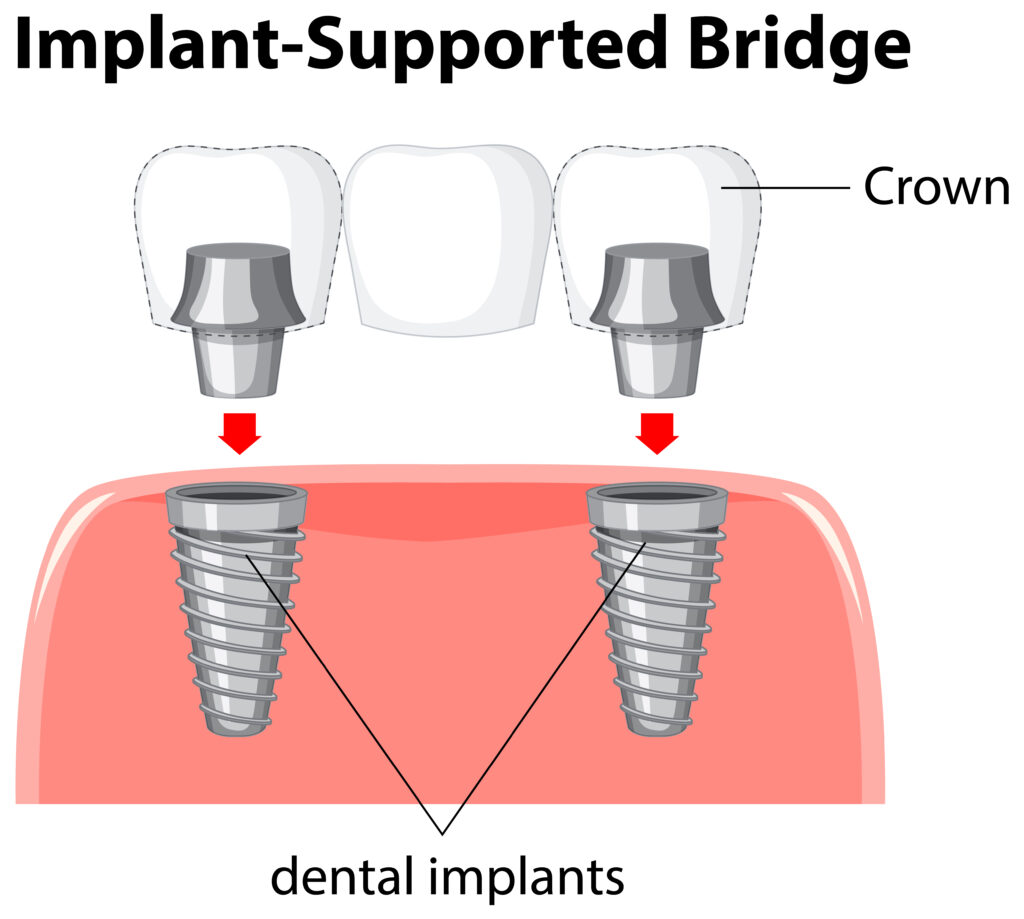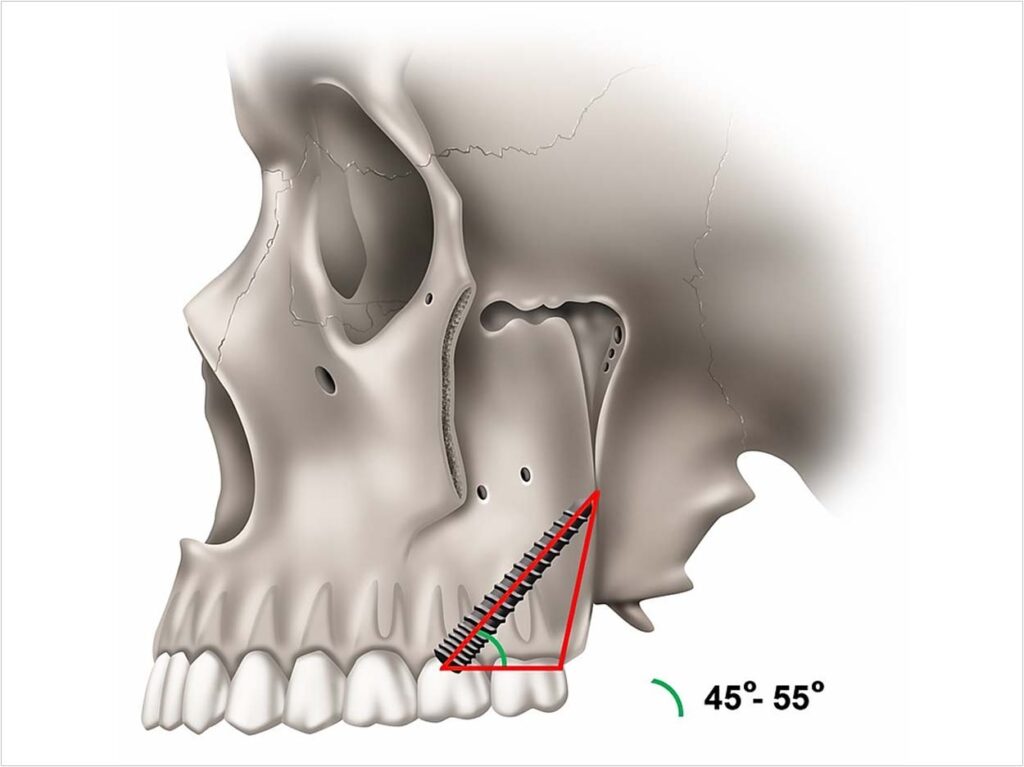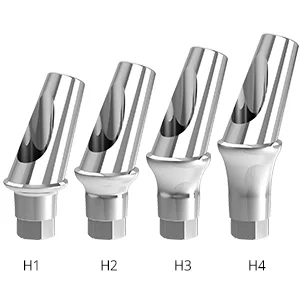The realm of dental implants has undergone a remarkable transformation in recent years, rendering tooth replacements more precise and less traumatic than ever before.
Thanks to sophisticated custom prostheses, comfort has taken center stage, relegating unsightly bridges and outdated dentures to the past. Today’s dental implants, utilizing cutting-edge techniques, have revolutionized the landscape of tooth restoration, offering not only maximum functionality but also impeccable aesthetics.
The Era of Precise Dental Impressions
The latest dental implant techniques have ushered in an era of unprecedented precision, making the loss of a tooth a less traumatic experience than it once was. Gone are the days of ill-fitting restorations. Thanks to advancements in digital impressions and 3D modeling, the process of creating dental prostheses has become a finely tuned art.
The New Generation of Dental Implants
The new generation of dental implants is characterized by minimally invasive techniques, ensuring a comfortable experience for patients. These implants are strategically placed directly into the jawbone, replicating the natural tooth’s anchorage with flawless precision. The result? Prosthetic replacements that are virtually indistinguishable from natural teeth, both in terms of aesthetics and functionality.
The Role of Titanium in Modern Implants
Titanium has emerged as the material of choice for dental implants, primarily due to its exceptional biocompatibility. This means there’s virtually zero risk of rejection, and the installation process is straightforward and reliable. Modern implantology relies heavily on this remarkable metal for its successful outcomes.
Beyond Traditional Implants: The World of Boneless Implants
Boneless implants are a game-changer in implantology. They encompass various surgical models, including zygomatic, short, pterygoid, and angled implants. The common thread among these boneless implants is their rapid rehabilitation times, making them an appealing choice for many patients.
Exploring Different Boneless Implant Models
- Zygomatic Implants: Ranging from 30 to 50 millimeters in length, zygomatic implants are inserted into the zygomatic bone, starting from the premolar area. Their deliberate stability facilitates immediate load-bearing restorations.

- Short Implants: With a length not exceeding 8.5 millimeters, short implants are ideal for cases with limited bone height, a condition known as vertical bone atrophy. They are especially practical in the posterior areas of both arches, where the risk of nerve damage is a concern.

- Pterygoid Implants: Pterygoid implants reach the pterygoid process after being inserted in the molar area of the upper arch. These implants ensure perfect osseointegration while avoiding the risk of sinus elevation.

Image by DentistryToday.com
- Angled Implants: Angled implants, for the lower arch, bypass the complications associated with the inferior alveolar nerve, while in the upper arch, they prevent mesial sinus recession. These innovative solutions allow implantologists to navigate daily anatomical challenges with ease.

image by c-tech-implant
Cutting-Edge Implantology Techniques
Complementing these innovative prostheses are advanced surgical techniques, each with its unique advantages:
- OnlyOne Technique: This technique prioritizes the preservation of gingival morphology, allowing new teeth to emerge naturally from the gum rather than an artificial gum line.
- All-on-4: Also known as the Toronto Bridge, this approach involves creating an artificial gum line. It’s particularly effective for patients with minimal bone volume, as it maximizes the use of remaining bone through implant angulation. Whether temporary or permanent, the prosthesis is always screw-retained, avoiding the risk of cementation-related complications. The key? Easy access for implant maintenance or replacement, ensuring long-term success.
The Dawn of Computer-Assisted Implantology
Computer-assisted implantology is poised to play a pivotal role in the future of dental implants. With state-of-the-art three-dimensional systems, the construction of dental arches will be an exercise in personalization. Patients need not despair after the loss of a tooth, as advanced implantology solutions are readily available to facilitate the replacement of natural teeth with fixed and removable dental prostheses.
Embracing the Future of Dental Implants
The landscape of dental implants has undergone a remarkable evolution, promising patients a brighter, more confident future. With the fusion of precision, aesthetics, and comfort, the journey of restoring one’s smile has become an inspiring adventure. No longer is tooth loss a source of despair; it’s an opportunity for transformation and rejuvenation, guided by the innovative world of modern dental implants.

